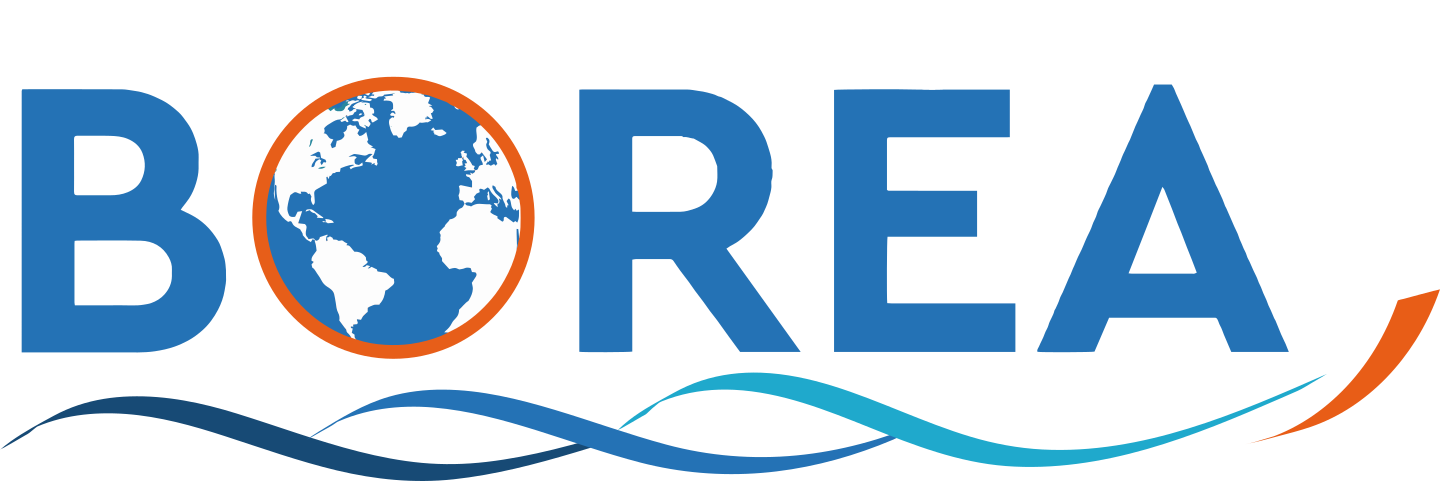Journal
Marine megafauna species are affected by a wide range of anthropogenic threats. To evaluate the risk of such threats, species’ vulnerability to each threat must first be determined. We build on the existing threats classification scheme and ranking system of the International Union for Conservation of Nature (IUCN) Red List of Threatened Species by assessing the vulnerability of 256 marine megafauna species to 23 at-sea threats. The threats we considered included individual fishing gear types, climate-change-related subthreats not previously assessed, and threats associated with coastal impacts and maritime disturbances. Our ratings resulted in 70 species having high vulnerability (v > 0.778 out of 1) to at least 1 threat, primarily drifting longlines, temperature extremes, or fixed gear. These 3 threats were also considered to have the most severe effects (i.e., steepest population declines). Overall, temperature extremes and plastics and other solid waste were rated as affecting the largest proportion of populations. Penguins, pinnipeds, and polar bears had the highest vulnerability to temperature extremes. Bony fishes had the highest vulnerability to drifting longlines and plastics and other solid waste; pelagic cetaceans to 4 maritime disturbance threats; elasmobranchs to 5 fishing threats; and flying birds to drifting longlines and 2 maritime disturbance threats. Sirenians and turtles had the highest vulnerability to at least one threat from all 4 categories. Despite not necessarily having severe effects for most taxonomic groups, temperature extremes were rated among the top threats for all taxa except bony fishes. The vulnerability scores we provide are an important first step in estimating the risk of threats to marine megafauna. Importantly, they help differentiate scope from severity, which is key to identifying threats that should be prioritized for mitigation.

